Cost of Nose Job in Seoul? Price Breakdown
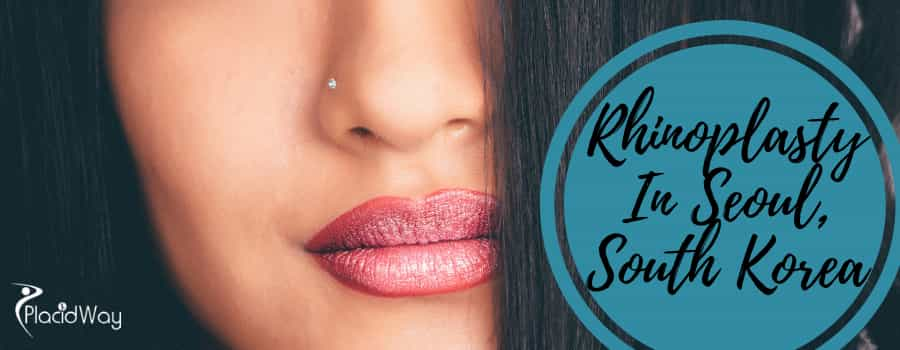
Seoul, South Korea, has become a global hotspot for rhinoplasty, commonly known as a nose job. The allure of highly skilled surgeons, advanced medical technology, and often more competitive pricing compared to Western countries draws people from all over the world. But the big question on everyone's mind is: how much does a nose job cost in Seoul? While a precise, one-size-fits-all answer is tricky, this guide will break down the typical costs, influencing factors, and answer your most pressing questions. On average, you can expect a nose job in Seoul to range from approximately $2,000 to $7,500 USD, but complex cases or highly sought-after surgeons can command higher fees.
Understanding the nuances of rhinoplasty costs in Seoul is key to planning your medical journey. It's not just about the surgery itself; various elements contribute to the final price tag. This post aims to provide clarity, helping you make an informed decision about pursuing cosmetic surgery in Korea.
What is the Average Cost of a Nose Job in Seoul?
"The average cost of a standard nose job in Seoul, Korea, typically ranges from $2,100 (around ?3,000,000 KRW) to $3,500 (around ?5,000,000 KRW) for basic procedures. However, more complex rhinoplasty or revision surgeries can cost significantly more, potentially reaching $7,000 to $15,000 USD or higher."
This price range generally covers straightforward procedures like removing a small hump, refining the nasal tip, or minor bridge augmentation. It’s important to remember this is an average, and your individual needs, the complexity of the surgery, and the clinic's reputation will play a significant role in the final quotation you receive.
Many people are drawn to Seoul for rhinoplasty due to the perception of lower costs compared to countries like the United States or Australia, where similar procedures can be two to three times more expensive. While cost savings can be a factor, it's crucial to prioritize the surgeon's expertise and the clinic's safety standards above price alone.
What Factors Influence the Cost of Rhinoplasty in Seoul?
"Several key factors influence the cost of rhinoplasty in Seoul, including the complexity of the procedure, the surgeon's experience and reputation, the clinic's location and facilities, the type of anesthesia used, and the extent of pre-operative and post-operative care included."
Let's break these down further:
- Complexity of the Procedure: A simple tip plasty (reshaping the nose tip) will naturally cost less than a full rhinoplasty involving bone work, cartilage grafting, or correcting a deviated septum (septorhinoplasty). Revision rhinoplasty (a repeat surgery) is almost always more expensive due to increased complexity and scar tissue.
- Surgeon's Expertise and Reputation: Highly experienced surgeons with a strong track record and international recognition often charge more. Their skill in achieving aesthetic and functional results, especially in complex cases like ethnic rhinoplasty or revisions, commands a premium.
- Clinic's Location and Facilities: Clinics located in upscale districts like Gangnam in Seoul may have higher overheads, which can be reflected in their pricing. The quality of the facilities, the technology used, and the level of personalized service also contribute.
- Type of Anesthesia: The choice between local anesthesia with sedation and general anesthesia will impact the cost. General anesthesia, requiring an anesthesiologist, is typically more expensive but is often necessary for more extensive procedures.
- Pre-operative and Post-operative Care: The extent of included services like consultations, 3D imaging, pre-surgery tests, post-surgery follow-up appointments, medication, and recovery treatments (like de-swelling treatments) can affect the overall package price.
What is Typically Included in the Nose Job Price in Seoul?
"A typical rhinoplasty package in Seoul often includes the surgeon's fee, anesthesia costs, operating room fees, basic post-operative medications, and initial follow-up appointments. However, inclusions can vary significantly between clinics."
It's absolutely crucial to get a detailed breakdown of what your quoted price includes before committing to surgery. Some clinics offer all-inclusive packages that might cover:
- Initial consultation (though some may charge this separately)
- Pre-operative tests (blood work, ECG, etc.)
- The rhinoplasty surgery itself
- Anesthesia and anesthesiologist fees
- Operating room and facility fees
- Standard post-operative medications (painkillers, antibiotics)
- Splint and dressing changes
- Stitch removal
- A set number of follow-up visits
Always ask about potential additional costs, such as prescription medications beyond the basics, specialized post-operative care (like deswelling laser treatments or hyperbaric oxygen therapy), or costs associated with unforeseen complications.
Are There Different Types of Nose Jobs in Seoul, and How Do Their Costs Vary?
"Yes, there are various types of nose jobs performed in Seoul, and their costs differ based on complexity. Common types include augmentation rhinoplasty, reduction rhinoplasty, tip plasty, alarplasty, septorhinoplasty, and revision rhinoplasty, each with a distinct price range."
- Augmentation Rhinoplasty: This involves increasing the size or projection of the nose, often the bridge or tip, commonly using implants (like silicone) or cartilage grafts. Costs can range from $3,000 to $7,000+.
- Reduction Rhinoplasty: This aims to reduce the overall size of the nose or specific parts like a dorsal hump. This might involve bone and cartilage reshaping. Costs can be similar to augmentation, depending on complexity.
- Tip Plasty: Focuses solely on reshaping the nasal tip – making it more defined, lifted, or smaller. This is generally less expensive, perhaps $2,000 to $4,500.
- Alarplasty (Alar Base Reduction): Narrows the width of the nostrils. This can sometimes be a standalone procedure or part of a larger rhinoplasty. Costs might range from $1,500 to $3,500 if done alone.
- Septorhinoplasty: Combines cosmetic rhinoplasty with functional correction of a deviated septum to improve breathing. This is typically more complex and can range from $4,000 to $8,000+.
- Revision Rhinoplasty: Corrects issues from a previous nose surgery. This is the most complex and usually the most expensive, often starting from $5,000 and going up to $15,000 or more, due to scar tissue and altered anatomy.
- Ethnic Rhinoplasty: Tailored to preserve and enhance the unique nasal characteristics of different ethnic groups. The complexity and techniques involved mean costs can vary widely, generally in the $4,000 to $10,000 range.
Are There Hidden Costs I Should Be Aware Of for a Nose Job in Seoul?
"Yes, potential hidden costs for a nose job in Seoul can include consultation fees (if not credited towards surgery), specific pre-operative tests not covered, prescription medications beyond standard ones, specialized post-operative treatments, accommodation, flights, and costs for a longer stay if complications arise."
While reputable clinics strive for transparency, it's wise to budget for more than just the quoted surgery price. Consider:
- Consultation Fees: Some top surgeons charge a consultation fee ($50-$150 USD), which may or may not be deducted from the surgery cost if you proceed.
- Pre-Surgical Tests: While basic tests are often included, any specialized imaging or tests required due to your specific health condition might be extra.
- Medication: The initial batch of painkillers and antibiotics is usually covered, but if you need stronger medication or for a longer period, this could be an additional expense.
- Post-Op Care Enhancements: Some clinics offer advanced recovery treatments like LED therapy or oxygen therapy to reduce swelling and speed up healing. These are often optional add-ons.
- Revision Surgery: While no one plans for it, the possibility of needing a minor touch-up or a more significant revision in the future exists. Understand the clinic's policy and potential costs for revisions.
- Travel and Accommodation: For international patients, flight costs, visa fees (if applicable), accommodation, meals, and local transportation are significant additional expenses.
- Translator Services: While many top clinics in Seoul have English-speaking staff, if you require a dedicated translator for all appointments, this might be an extra fee at some smaller establishments.
How Much is the Consultation Fee for Rhinoplasty in Seoul?
"The consultation fee for rhinoplasty in Seoul can range from being free at some clinics to around $50 to $150 USD at others, particularly for highly sought-after surgeons. Often, this fee is deducted from the total surgery cost if you decide to proceed with the procedure at that clinic."
It's always best to inquire about consultation fees when booking your appointment. Some clinics offer free online consultations initially, followed by a paid in-person consultation. This fee typically covers the surgeon's time to assess your nose, discuss your goals, explain the proposed procedure, and answer your questions.
Don't let a consultation fee deter you from meeting with a surgeon you're seriously considering. The insights gained during this meeting are invaluable for making an informed decision. Think of it as an investment in your research process.
How Does the Surgeon's Experience Affect the Nose Job Cost in Seoul?
"A surgeon's experience, specialized skills, and reputation significantly impact the nose job cost in Seoul. More experienced and renowned surgeons, especially those specializing in complex cases or revision rhinoplasty, typically charge higher fees due to their proven track record and expertise."
Choosing a surgeon is perhaps the most critical decision in your rhinoplasty journey. An experienced surgeon not only has the technical skill but also the artistic eye to create a harmonious and natural-looking result. They are also better equipped to handle unexpected challenges during surgery and manage the recovery process effectively.
While it might be tempting to opt for a less experienced surgeon to save money, remember that rhinoplasty is a complex procedure that can have a lasting impact on your appearance and even breathing. The higher fee for an experienced surgeon often reflects a lower risk of complications and a higher likelihood of achieving your desired outcome, potentially saving you the cost and emotional distress of a revision surgery down the line.
What is the Average Recovery Time for a Nose Job in Seoul, and Does it Affect Cost?
"The initial recovery time for a nose job in Seoul, where you'd need to stay in the city, is typically 7 to 14 days for splint/stitch removal and initial healing. Full recovery, with all swelling subsided and the final nose shape apparent, can take 6 months to a year or longer. This stay duration will indirectly affect overall costs due to accommodation and living expenses."
The direct surgical cost isn't usually tied to recovery time, but the length of your stay in Seoul will add to your overall expenses. Most clinics will advise staying for at least one week for initial check-ups and stitch/splint removal. For more complex procedures, a longer stay might be recommended.
During the first week, expect swelling and bruising. Most noticeable swelling subsides within 2-4 weeks, but subtle swelling can persist for many months. Understanding this timeline is crucial for planning your trip and time off work.
Are There Additional Fees for Anesthesia or Post-Operative Care for a Nose Job in Seoul?
"Generally, the quoted price for a nose job in Seoul by reputable clinics includes standard anesthesia and basic post-operative care. However, charges for a dedicated anesthesiologist for general anesthesia or specialized add-on post-operative treatments (like advanced de-swelling therapies) can sometimes be separate or optional extras."
Always clarify this with your chosen clinic. Ask specifically:
- Is the anesthesiologist's fee included for general anesthesia?
- What specific post-operative care visits are included?
- Are medications like painkillers and antibiotics included, and for how long?
- Are there optional post-operative treatments offered, and what are their costs?
Transparency in pricing is key. A good clinic will provide a clear, itemized list of what is and isn't included in the surgical fee.
How Do Different Clinics in Seoul Vary in Pricing for Nose Jobs?
"Nose job pricing in Seoul can vary significantly between clinics based on their reputation, the surgeon's experience, the luxury of facilities, the level of personalized service (including English-speaking support and aftercare), and the specific techniques or technologies they employ."
Large, well-known hospitals or clinics with celebrity surgeons and extensive international patient services in prime locations like Gangnam might charge more. Smaller, local clinics, or those newer to the market, might offer more competitive pricing.
However, price should not be the sole determining factor. Research the clinic's safety record, surgeon credentials, patient reviews, and before-and-after photos. Sometimes, a higher price reflects a higher standard of care, more advanced technology, and more comprehensive support services, especially for international patients.
What is the Cost of Revision Rhinoplasty in Seoul Compared to a Primary Nose Job?
"Revision rhinoplasty in Seoul is consistently more expensive than a primary nose job, often costing 50% to 100% more. This is due to the increased complexity, scar tissue, potentially limited cartilage availability, and the greater time and skill required from the surgeon. Prices can range from $5,000 to $15,000 USD or even higher."
Correcting a previous rhinoplasty presents unique challenges. The surgeon must work with altered anatomy, potential scar tissue, and sometimes a lack of sufficient septal cartilage for grafting, necessitating ear or rib cartilage harvesting, which adds to complexity and cost.
If you are considering revision rhinoplasty, it's even more crucial to choose a surgeon with extensive experience and a proven track record in these specific types of challenging cases. The higher cost reflects the specialized expertise needed for a successful outcome.
Is a Nose Job Cheaper in Seoul Compared to Other Countries like the US or Australia?
"Yes, generally, a nose job in Seoul can be significantly cheaper than in countries like the United States, Canada, Australia, or Western European nations. Savings can range from 30% to 60% or even more for comparable procedures, without compromising on the quality of care if you choose a reputable clinic and surgeon."
This price difference is a major draw for medical tourists. Factors contributing to the lower rhinoplasty costs in Seoul include a higher volume of procedures, efficient healthcare systems, and competitive market dynamics among the many clinics.
However, when calculating total savings, remember to factor in travel, accommodation, and living expenses for the duration of your stay in Seoul. Even with these added costs, many international patients find the overall expense to be lower for high-quality cosmetic surgery in Korea.
Are There Nose Job Packages Available in Seoul for International Patients?
"Yes, many clinics in Seoul catering to international patients offer nose job packages. These packages often bundle the surgery with services like airport transfers, accommodation arrangements, translator services, and post-operative care, potentially offering better value and convenience."
These packages are designed to make the medical tourism experience smoother for foreigners. They can vary in what they include:
- Basic packages: Surgery, anesthesia, local transfers (e.g., hotel to clinic), and basic aftercare.
- Comprehensive packages: May include airport pickup/drop-off, a wider range of pre- and post-operative consultations, assistance with hotel bookings (sometimes at partner hotels), dedicated translator services, and more extensive aftercare including de-swelling treatments.
When comparing packages, look closely at the specifics of what’s included to ensure you’re making an apples-to-apples comparison. Platforms like PlacidWay can help you find and compare such packages from various accredited clinics.
What are the Typical Payment Methods Accepted for Rhinoplasty in Seoul?
"Typical payment methods for rhinoplasty in Seoul include cash (Korean Won or sometimes USD, though KRW is preferred), major credit cards (Visa, MasterCard, Amex), and bank transfers. It's important to check with the clinic beforehand about their accepted payment methods and any potential surcharges for credit card use."
Most clinics are well-equipped to handle payments from international patients. Here are a few tips:
- Inform your bank: If planning to use credit cards, notify your bank about your travel to South Korea and the expected large transaction amount to avoid any blocks.
- Currency Exchange: While some clinics might accept USD, paying in Korean Won (KRW) is standard. You can exchange currency at the airport, banks, or authorized money changers in Seoul.
- Bank Transfers: If paying by bank transfer, do it well in advance to ensure funds clear before your surgery date, and account for any international transfer fees.
- Deposits: Most clinics will require a deposit to secure your surgery date, with the balance typically due on or before the day of the procedure.
Does Health Insurance Cover Any Part of a Nose Job in Seoul?
"Generally, health insurance does not cover a nose job in Seoul if it's performed for purely cosmetic reasons. However, if the rhinoplasty is medically necessary to correct a functional issue, such as a deviated septum causing breathing problems (septorhinoplasty), some international or travel insurance policies might cover a portion of the costs related to the functional correction. This is rare and requires thorough documentation and pre-approval."
Cosmetic surgery is almost always an elective procedure and an out-of-pocket expense. If there's a medical component to your rhinoplasty, you would need to:
- Obtain detailed medical documentation from your surgeon in Seoul clearly stating the medical necessity.
- Contact your insurance provider well in advance to understand their policy on overseas procedures and coverage for functional nasal surgery.
- Be prepared for a potentially complex claims process.
Do not assume any coverage. It's best to budget for the full cost and consider any potential insurance reimbursement as a bonus.
Are Financing Options Available for Rhinoplasty in Seoul?
"While direct financing options for rhinoplasty offered by clinics in Seoul to international patients are less common than in some Western countries, some medical tourism facilitators or third-party lenders specializing in medical loans may offer solutions. Patients often use personal savings, credit cards, or personal loans from their home country."
Clinics in Seoul usually expect full payment before the surgery. If you need to finance your procedure, explore these avenues:
- Medical Tourism Facilitators: Some agencies partner with financial institutions or have arrangements that can help patients find financing options.
- Personal Loans: Obtaining a personal loan from a bank or credit union in your home country can be a way to fund your surgery.
- Medical Credit Cards: Specialized credit cards for healthcare expenses might be an option, though availability and terms vary by country.
- Crowdfunding: Some individuals turn to personal fundraising platforms.
Always thoroughly research the terms and interest rates of any financing option before committing.
How Far in Advance Should I Book My Nose Job in Seoul?
"It's advisable to book your nose job in Seoul at least 2-3 months in advance, especially if you are targeting a popular surgeon or clinic. This allows ample time for consultations (online and in-person), planning your travel and accommodation, and making any necessary personal arrangements."
Booking further in advance can sometimes offer more flexibility in choosing surgery dates and potentially better deals on flights and accommodation. During peak seasons (like summer or around major holidays), popular clinics can get booked up even earlier.
Start your research well ahead of your desired surgery timeframe. This includes identifying potential surgeons, having initial consultations, and understanding the pre-operative requirements.
What Should I Ask During My Rhinoplasty Consultation in Seoul Regarding Cost?
"During your rhinoplasty consultation in Seoul, ask for a fully itemized quote. Key questions include: 'What is the total cost inclusive of all fees (surgeon, anesthesia, facility)?' 'Are pre-operative tests and post-operative medications included?' 'What are the costs for follow-up visits?' 'What is the policy and potential cost for revision if needed?' and 'Are there any potential additional costs I should be aware of?'"
Don't be hesitant to discuss finances openly. A reputable clinic will be transparent about all associated costs. Make sure you receive the quotation in writing. Other important cost-related questions include:
- Is the consultation fee deductible from the surgery cost?
- What are the payment terms (deposit, final payment deadline)?
- What payment methods are accepted?
- If I need to stay longer for recovery for any reason, what would be the cost of additional nights in a recovery facility or extra doctor's visits?
- Does the clinic offer any packages for international patients that might include accommodation or other services?
Understanding the full financial picture upfront will help you budget effectively and avoid any unwelcome surprises.
Ready to explore your options for a nose job in Seoul? PlacidWay connects you with accredited clinics and experienced surgeons in South Korea. Explore provider profiles, compare packages, and get personalized quotes to start your journey towards achieving your aesthetic goals. Visit PlacidWay today to learn more!
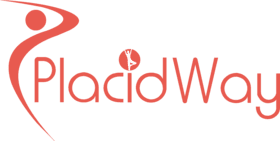

.png)


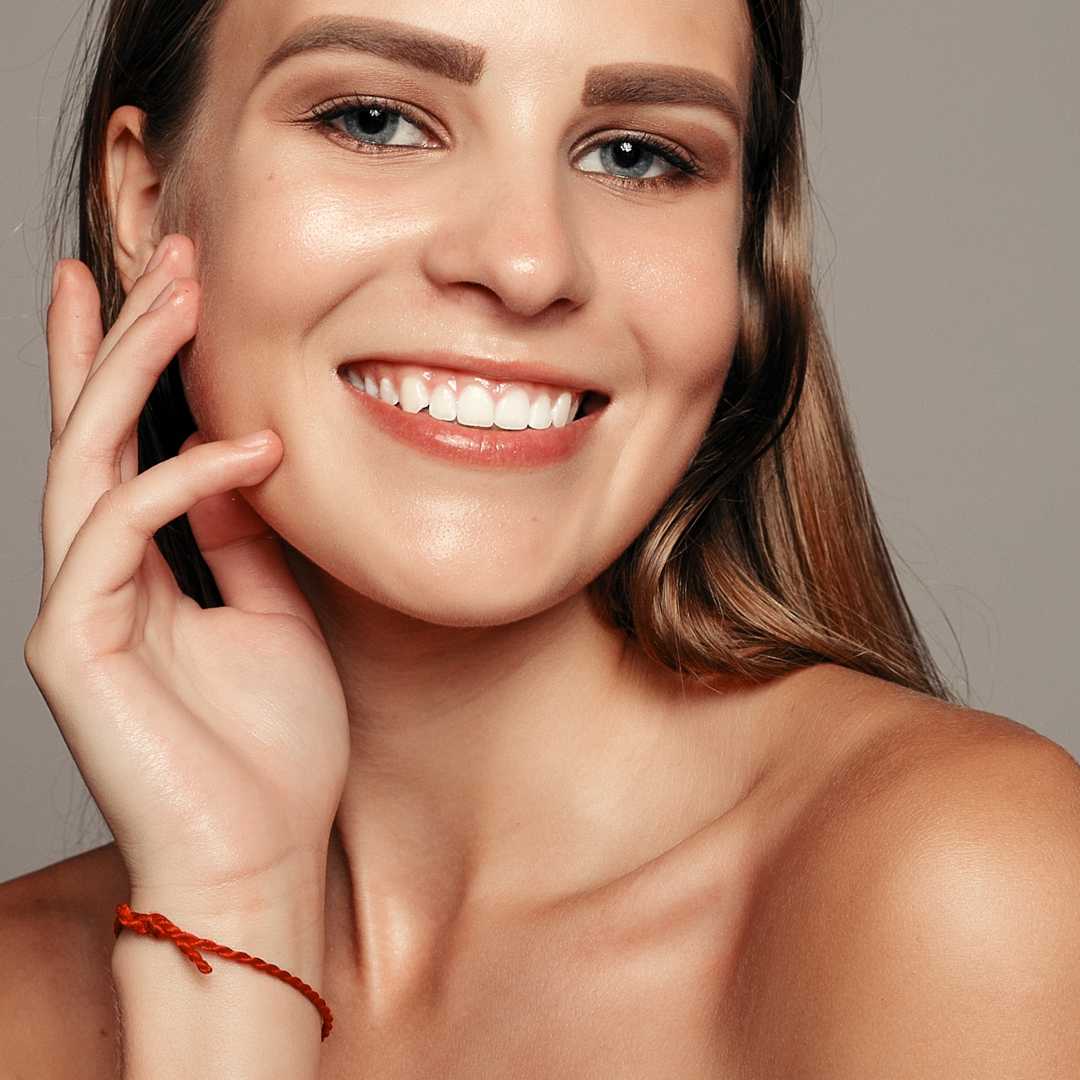
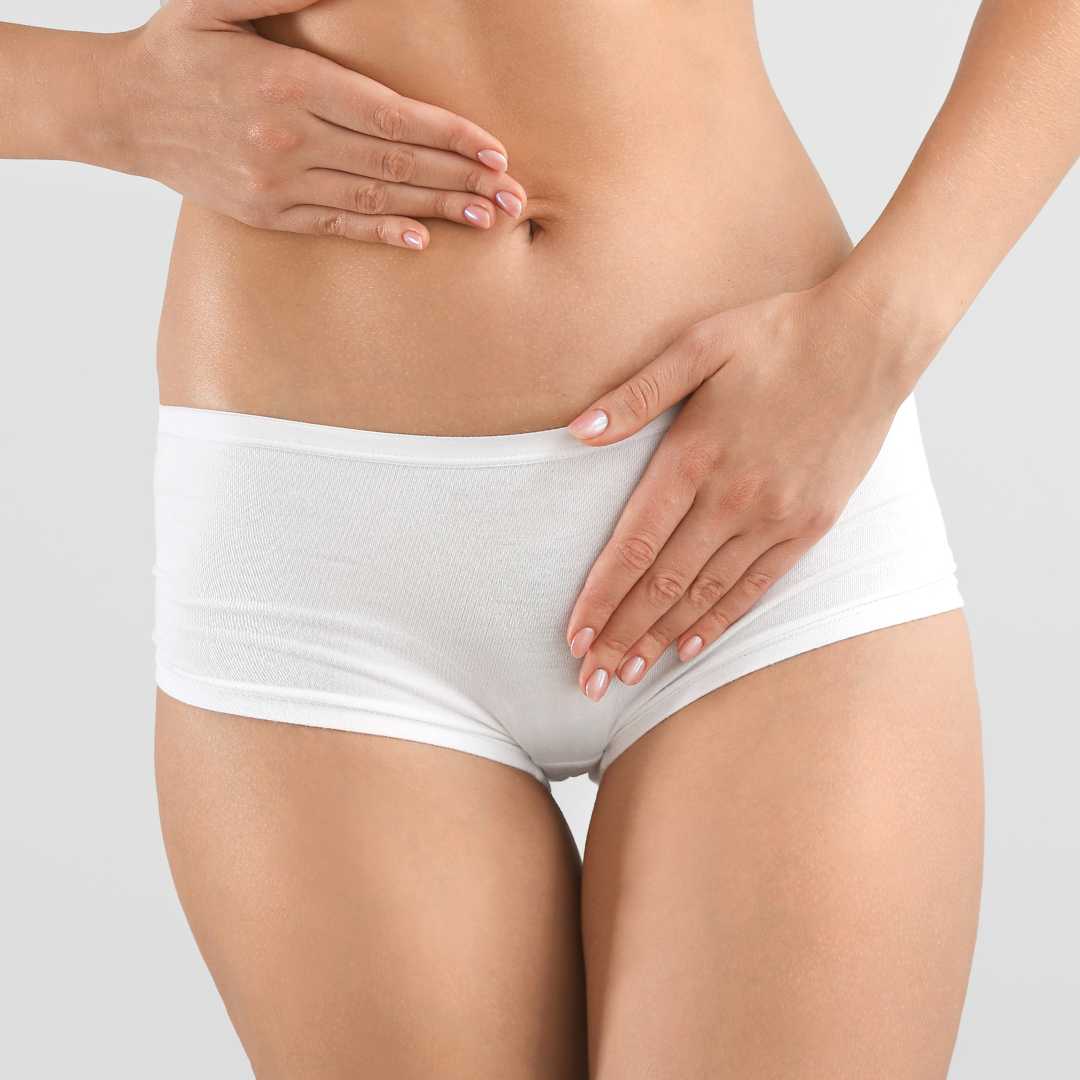

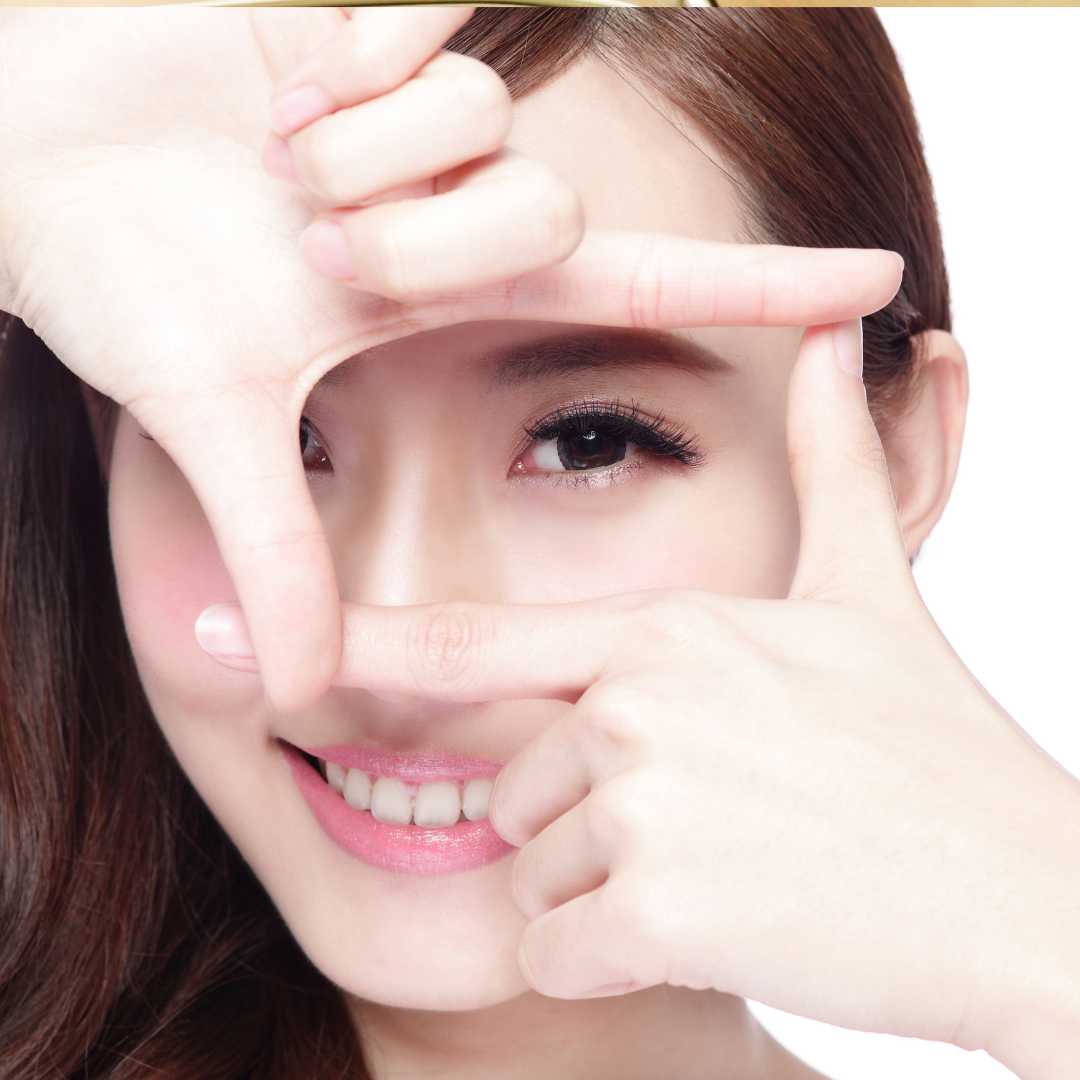

.png)
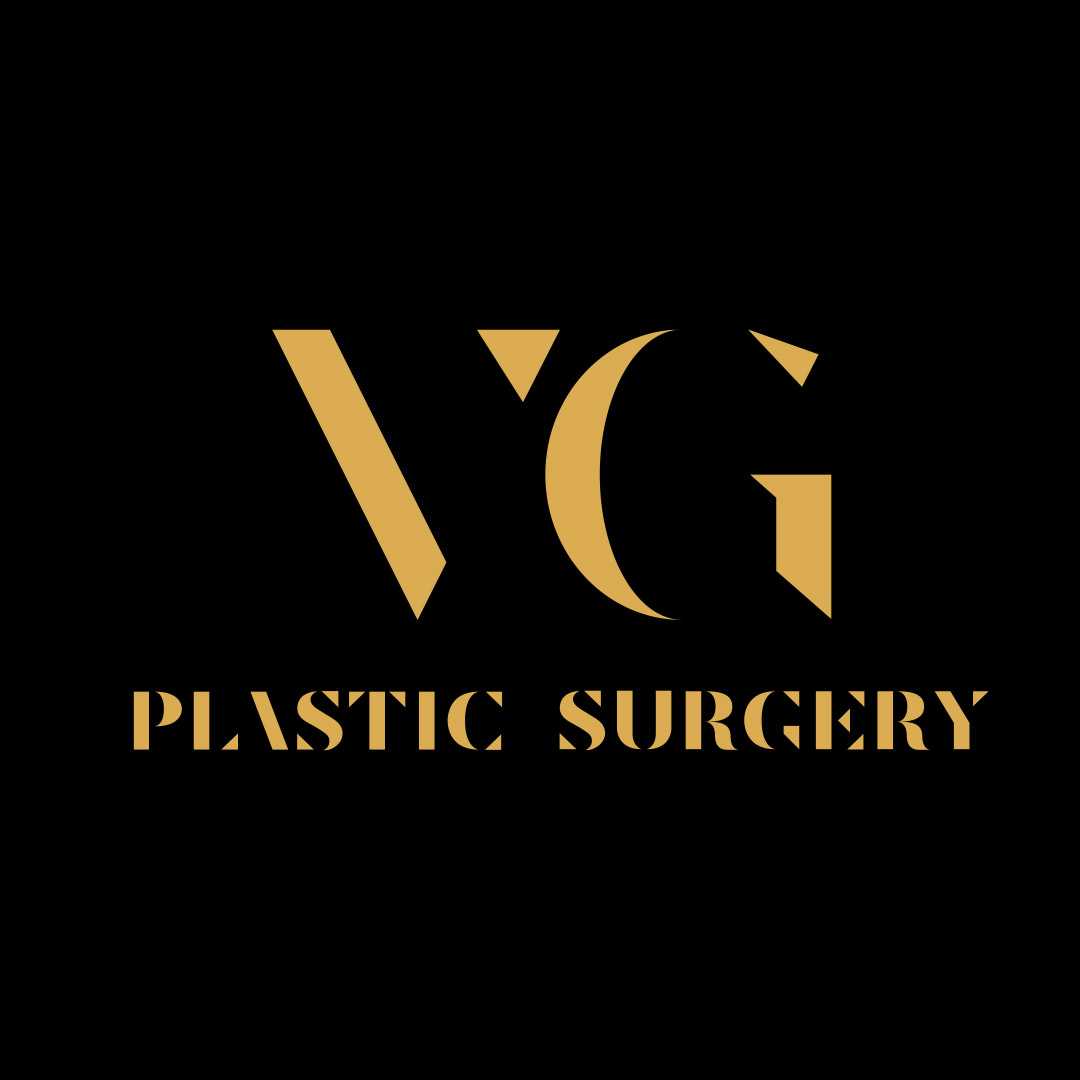
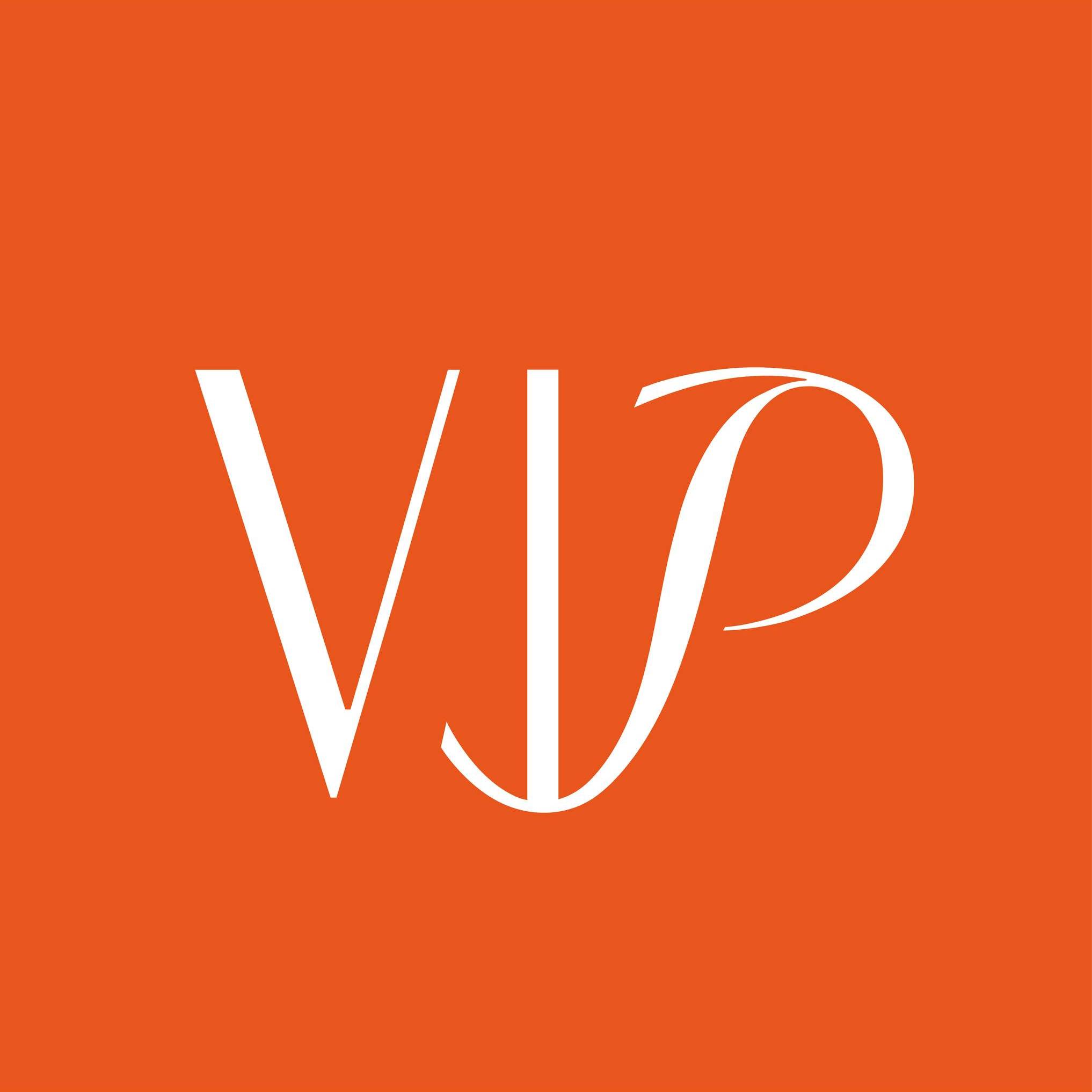
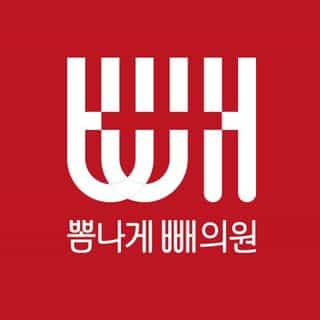
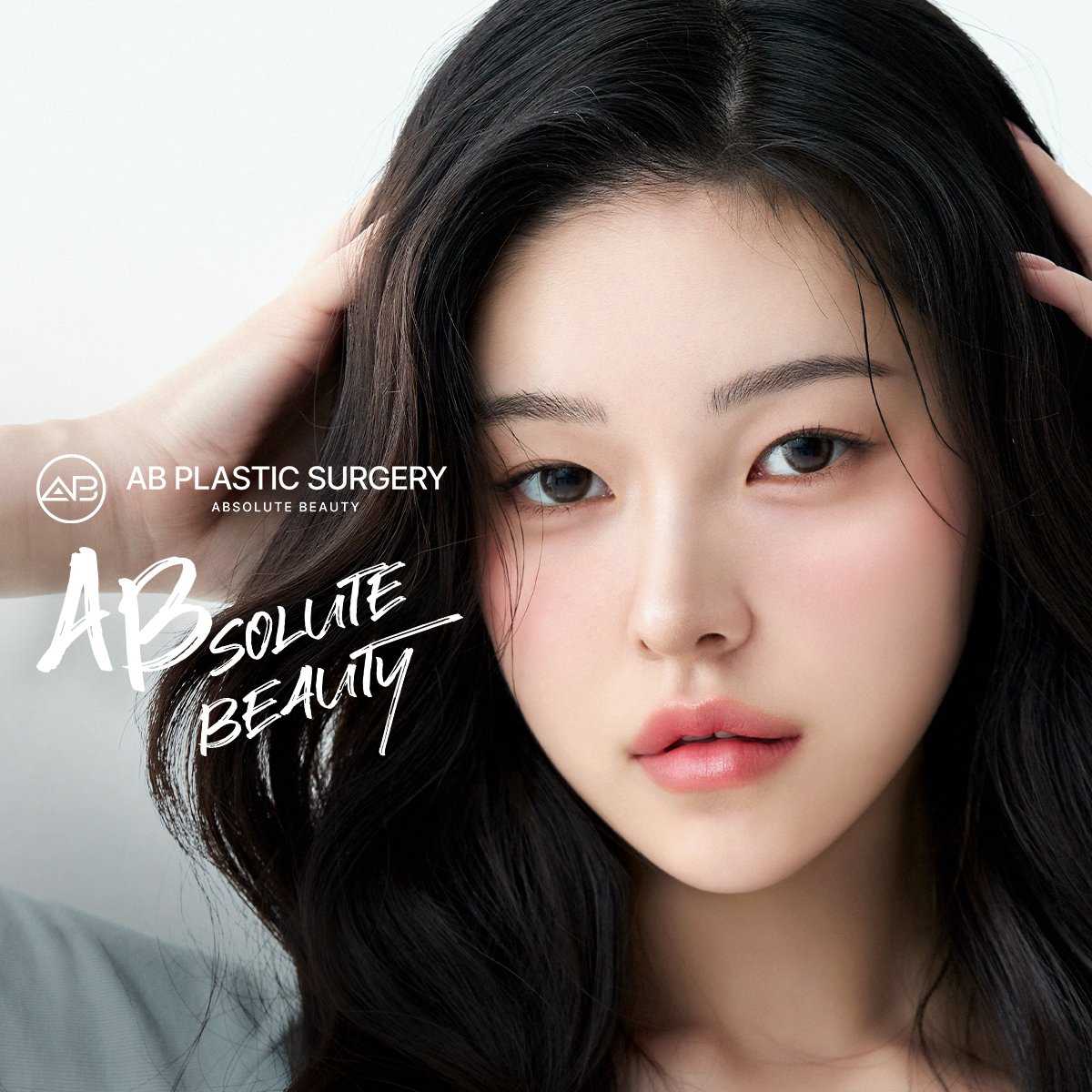
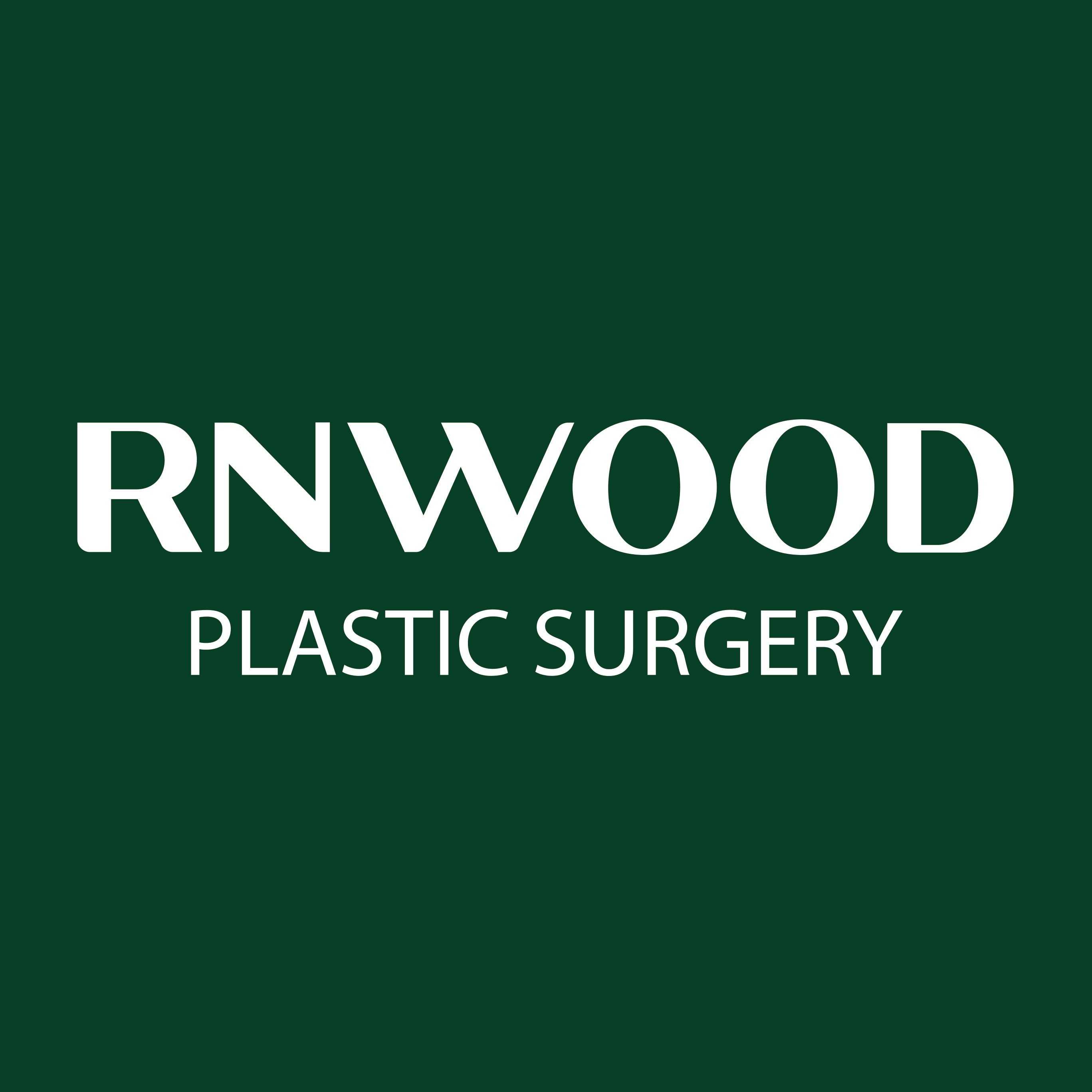

Share this listing